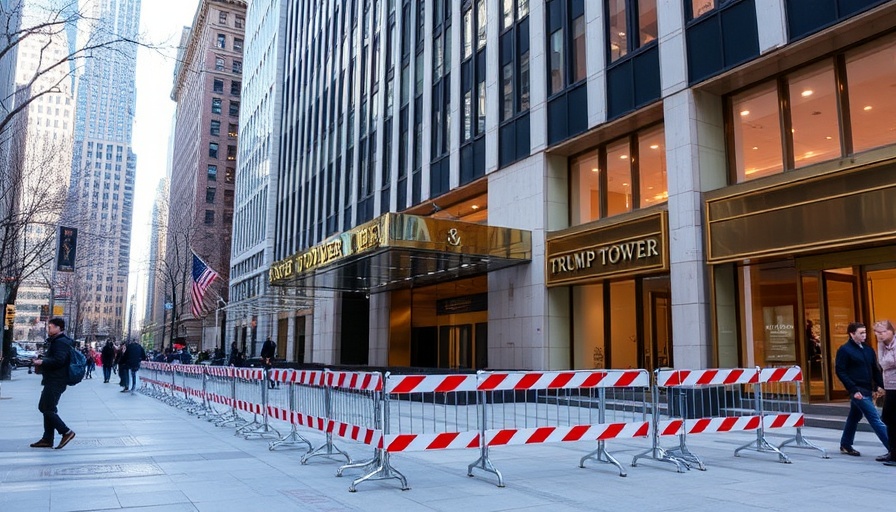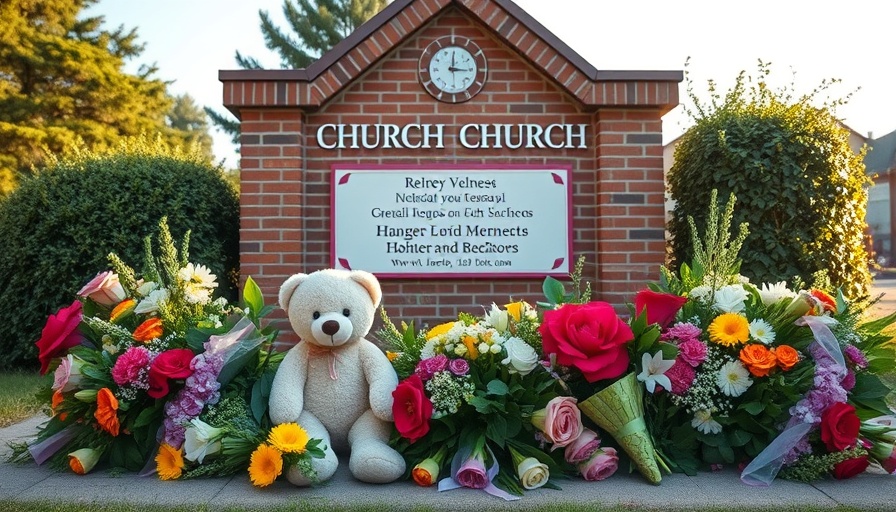
Unblocking Access: The Removal of Barricades at Trump Tower
After months of persistent complaints from residents and businesses alike, the barricades that have surrounded Trump Tower's plaza for far too long have finally been removed. This decision marks a crucial turn in the ongoing conversation about urban accessibility and public space usage in Chicago, particularly in areas closely associated with controversial figures and political events.
Historical Context of Trump Tower Barricades
The presence of security barricades at Trump Tower has been a fixture since the tumultuous period surrounding Donald Trump’s presidency. Initially erected for safety reasons during his inauguration and subsequent rallies, these barriers became a symbol of heightened security and division in a city increasingly grappling with issues of accessibility versus safety. As time passed, the sense of exclusion they fostered raised concerns among local businesses and communities, leading to escalating complaints.
The Community's Voice: Why Accessibility Matters
Local business owners and engaged citizens have made their frustrations known, stressing the importance of free access to public spaces. "This barricade has effectively cut off foot traffic to our shop," lamented one local entrepreneur. With the removal of the barricades, locals anticipate a renewed sense of community and economic revival as they hope to welcome back customers to areas blanketed in security regulations.
Impact on Local Economy and Tourism
Access to urban spaces greatly influences local economies. Many hope that removing the barricades will lead to an uptick in tourism as families and groups can freely navigate around the Trump Tower area. The expectation for enhanced foot traffic could translate into increased sales for local vendors, support incomes, and stimulate the economy.
Political Implications and Public Sentiment
The decision to remove the barricades has stirred discussions about political influence in urban management. Residents are questioning the long-term safety and security protocols that led to such strict measures, calling for more oversight and transparency in governmental decision-making. Is this move a sign of shifting political dynamics, or merely a response to persistent public outcry? The answers may unfold as discussions on city governance deepen.
Lessons on Public Spaces and Security
The barricade situation at Trump Tower serves as a case study in balancing security and accessibility in urban planning. The temporary nature of targeted barricades also raises questions about the principles of democracy in public space management. Are such measures an infringement on civil rights? The debate continues, illustrating a crucial intersection between urban development, public safety, and civic engagement.
Moving Forward: A Call for Thoughtful Urban Change
As changes take place, city planners and local governments must evaluate how best to meet public safety needs without compromising the rights of citizens to enjoy their spaces. Continuous dialogue between the government, businesses, and the public could lead to sustainable solutions that promote both security and accessibility. Will Chicago emerge as a model for urban spaces balancing these needs?
Local advocates for urban reform stress the importance of ongoing surveillance of such measures and their effectiveness. As cities continue to evolve, ensuring that the voices of small business owners and residents are amplified will be key in fostering inclusive and accessible public spaces.
In the wake of this significant change, residents are encouraged to engage with city officials to discuss urban policies affecting their neighborhoods. This collective movement is crucial in shaping a city that genuinely reflects the needs and desires of its people.
 Add Row
Add Row  Add
Add 




Write A Comment